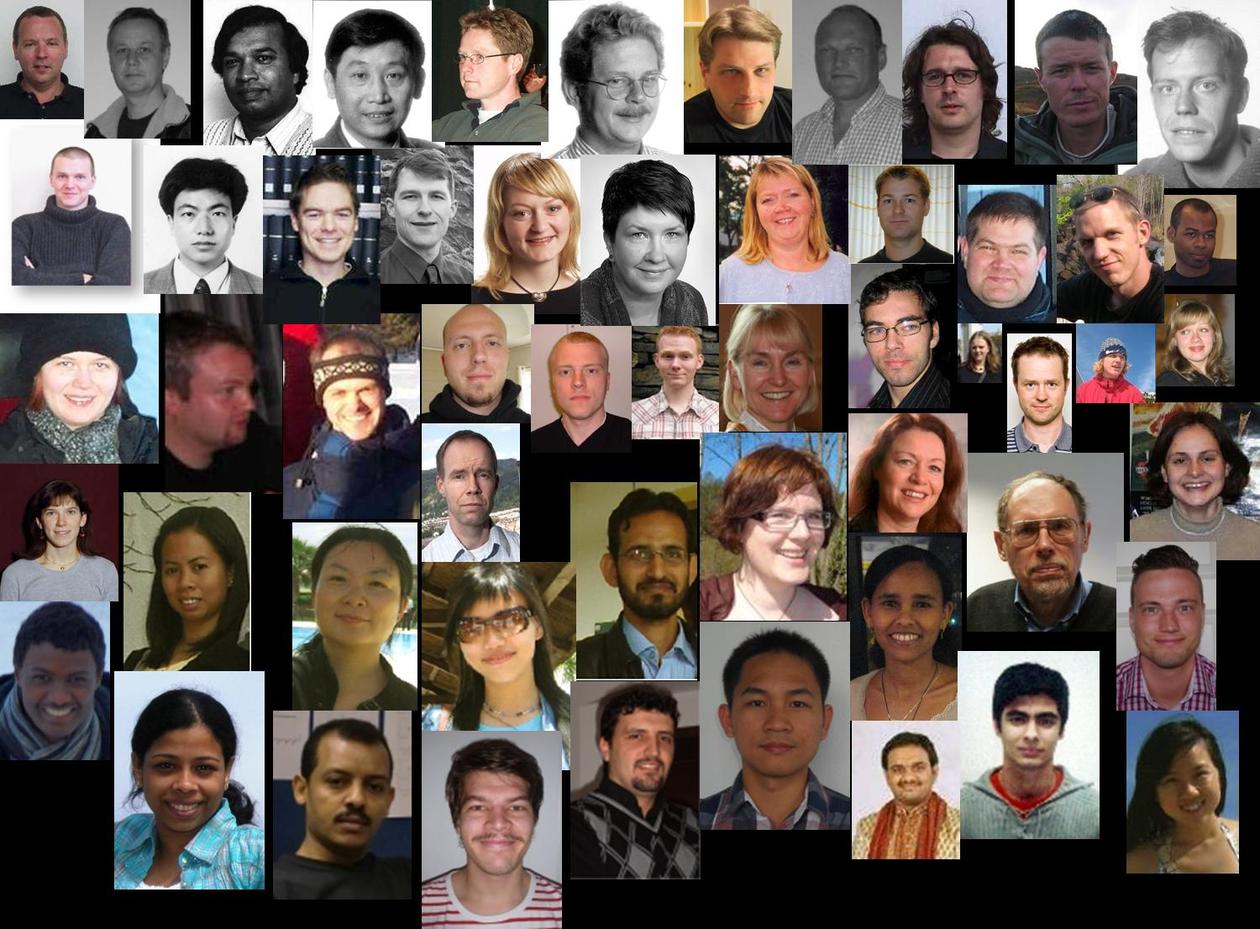Chemometrics
"the chemical discipline that uses mathematical and statistical methods to design or select optimal procedures and experiments, and to provide maximum chemical information by analysing chemical data"

Main content
Perhaps the first thing one learns when studying chemometrics is that data and information are two different things. It is easy to generate large data sets that contain little or no information, and to find the information in a large data table is not trivial. The two main objectives of chemometrics are therefore
- How to generate data that contains as much information as possible
- How to extract information from large and complicated data
Chemometricians try to use methods from statistics, mathematics, and information science for these purposes.
Another term used for chemometrics is multivariate data analysis. Chemical problems, like those encountered in the process industry, are very complicated. The traditional scientific approach is to focus one’s attention on one or two variables at the time. However, a wide range of variables and factors has an influence upon the system, and these variables correlate and interact with each other. It is therefore impossible to gain deep knowledge about such systems without multivariate strategies.
Although mathematical modelling is an important part of chemometrics, visualisation of the results in easy interpretable plots play an equally important part.
